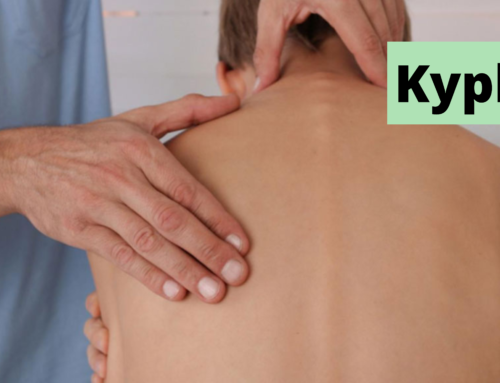Your Spine is made up of a series of bones (vertebrae) that are separated by small, spongy discs. These discs protect the vertebrae and allow them to move freely. Over time, the discs can begin to degenerate, which can lead to a narrowing of the spaces between the vertebrae. This condition is known as spinal stenosis.
Spinal Stenosis can put pressure on the nerves that travel through the spine, which can cause pain, numbness, or weakness in the affected areas. Spinal Stenosis most often occurs in the lower back and the neck.
Causes
- Spinal Injuries – Dislocations and fractures of vertebrae can cause damage to the contents of the spinal canal. Swelling of nearby tissue after back surgery can also put pressure on the spinal cord or nerves.
- Herniated Disk– As we age, the cushions between our vertebrae tend to dry out. Cracks in a disk’s exterior may allow some of the soft inner material to escape and press on the spinal cord or nerves.
- Tumors – Growths within the spinal cord, the membranes that cover the spinal cord, or in the space between the spinal cord and vertebrae can cause abnormalities. These are uncommon but can be seen on spine imaging with an MRI or CT.
- Thickened Ligaments – The pieces of bone that make up your spine are held together by tough, fibrous cords. Over time, these cords can become thickened and less flexible, which can cause them to bulge into the spinal canal.
Symptoms
If you experience any of the following symptoms, please call your doctor:
-Numbness, tingling, or weakness in a hand, arm, foot, or leg
-Problems with balance or walking
-Neck pain, Back pain
Treatment
There are some simple things you can do to help manage the pain and complications of spinal stenosis. Some helpful measures include:
-Staying active and moving around as much as possible. This helps keep the muscles around the spine strong and healthy, which can help take some of the pressure off the spine.
-Using over-the-counter pain medication to help manage pain.
-Applying heat or ice to the affected area to help ease pain and inflammation.
-Take breaks throughout the day to rest and give your spine a break from activity.
-Wearing comfortable, supportive shoes to help improve your posture and take some of the strain off your spine.





Leave A Comment